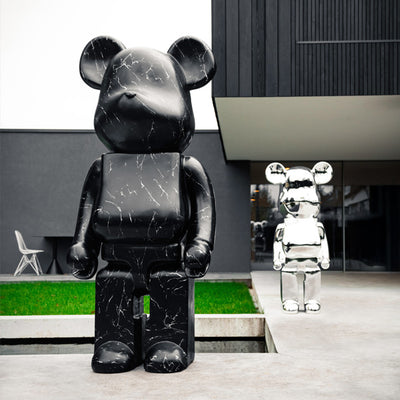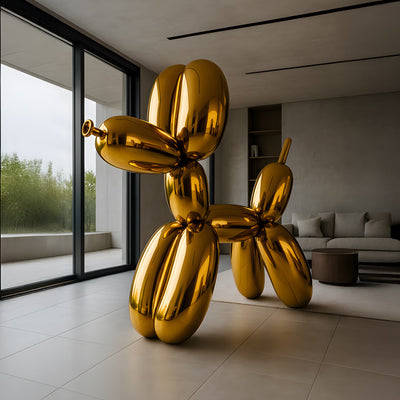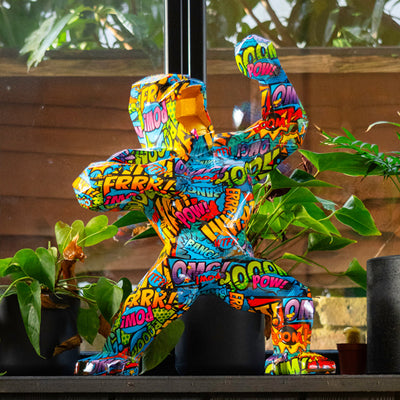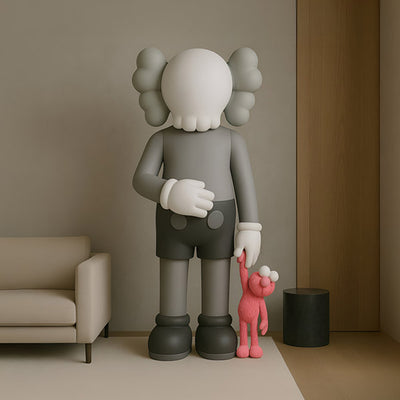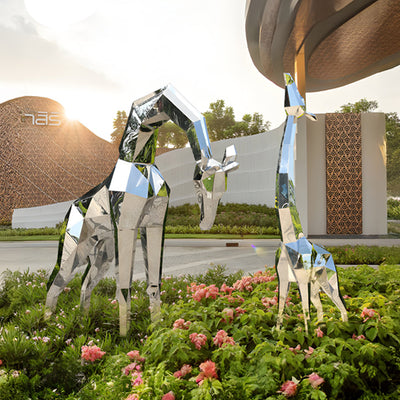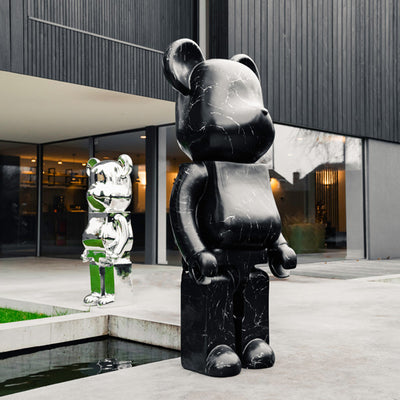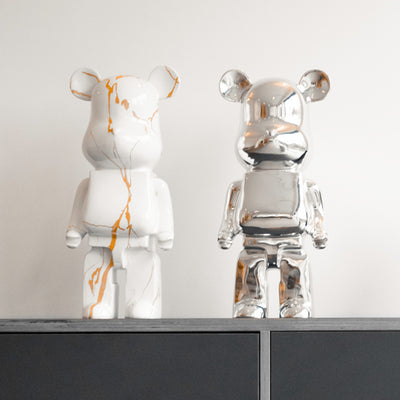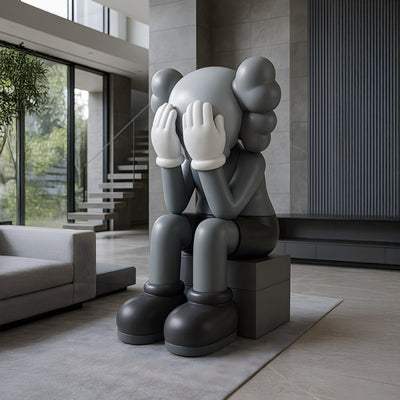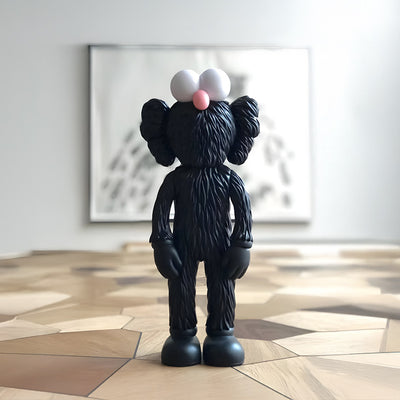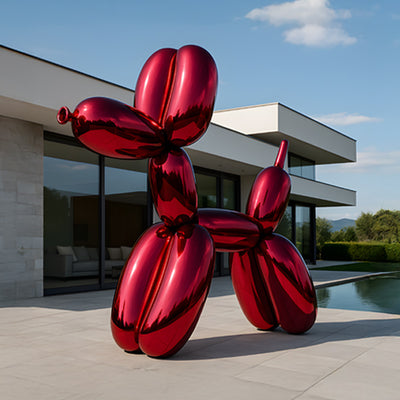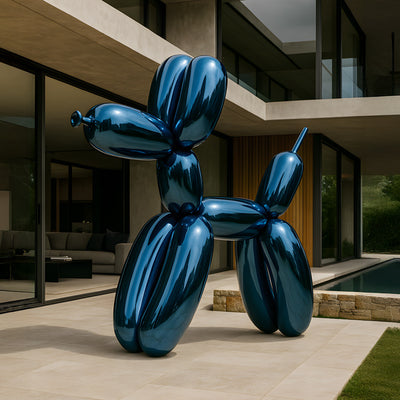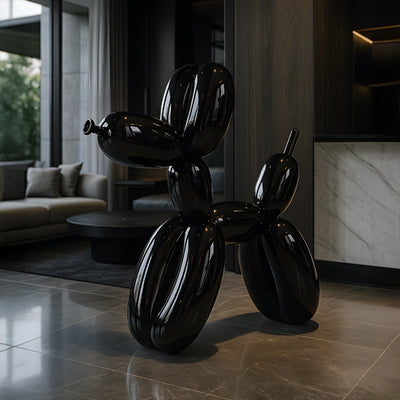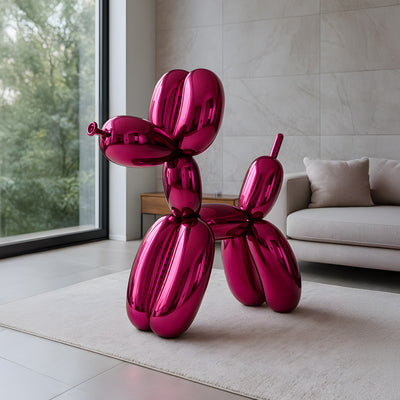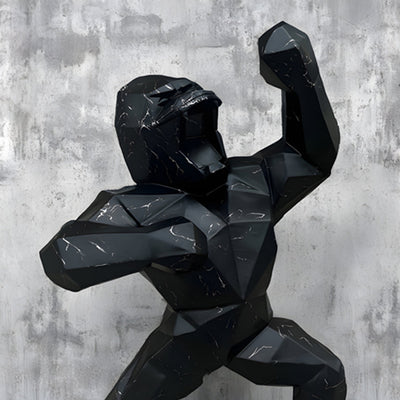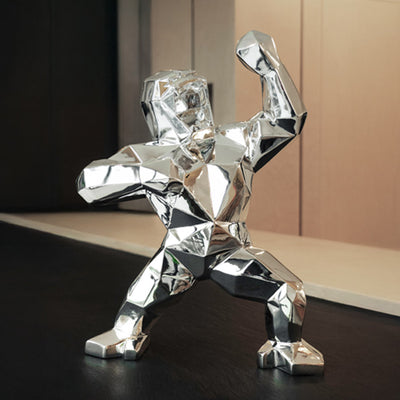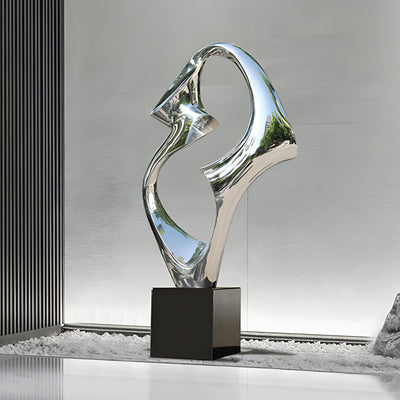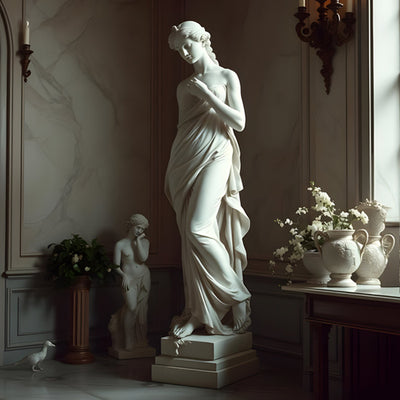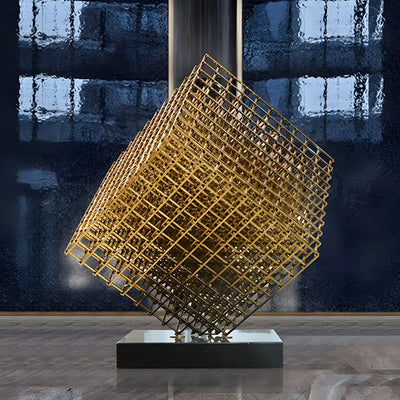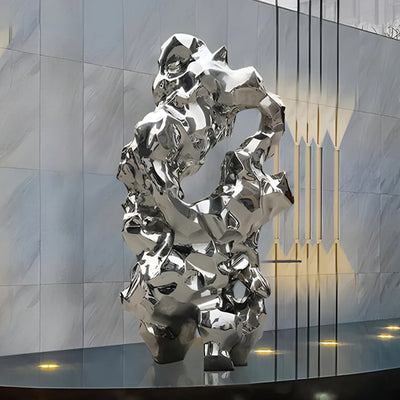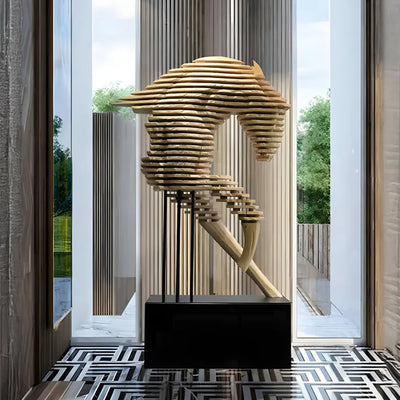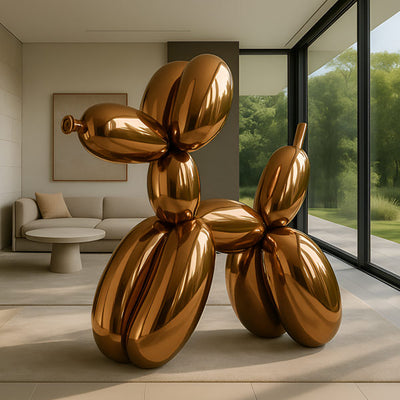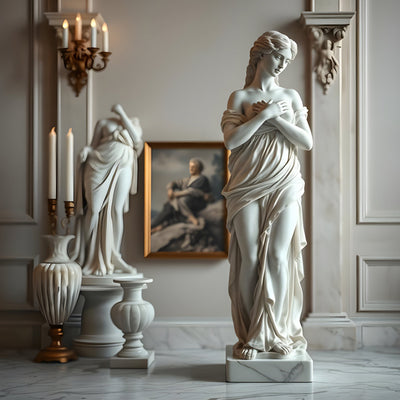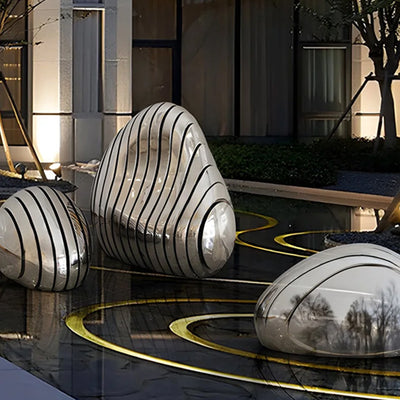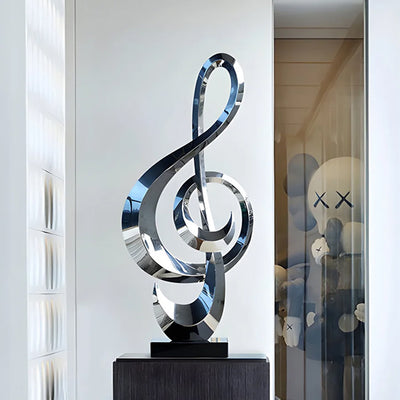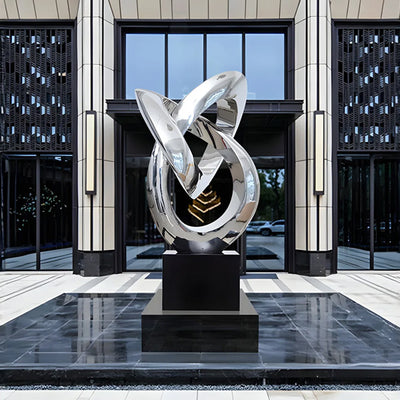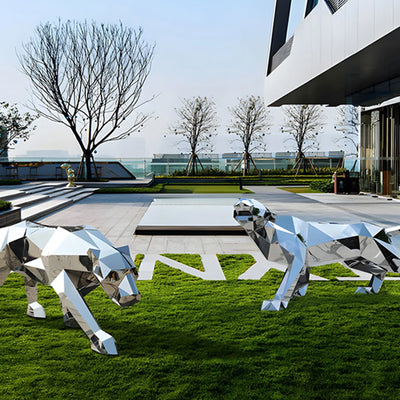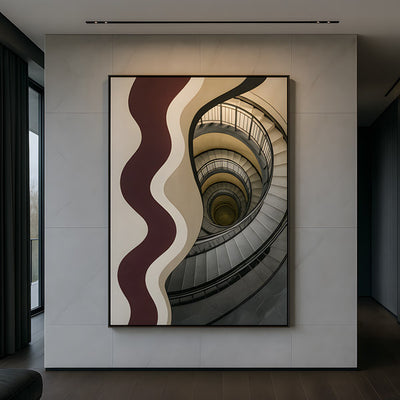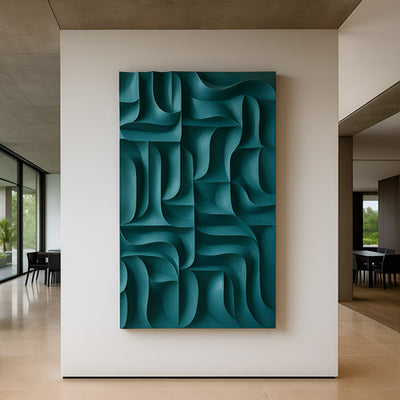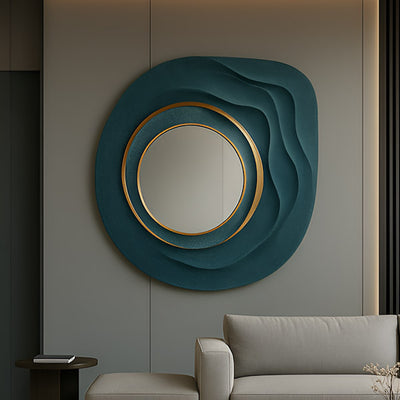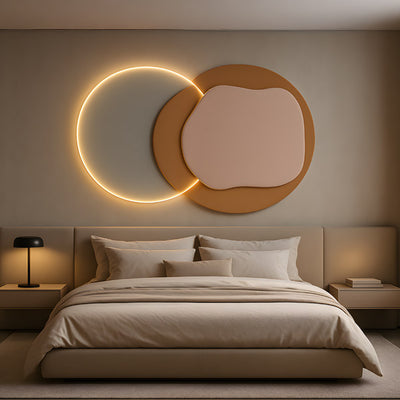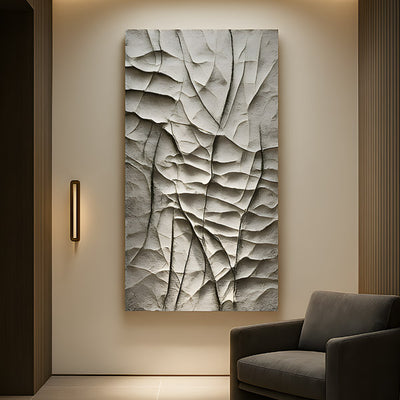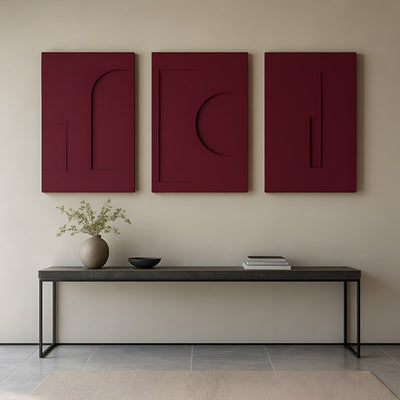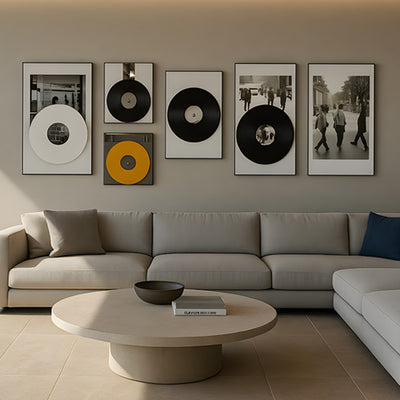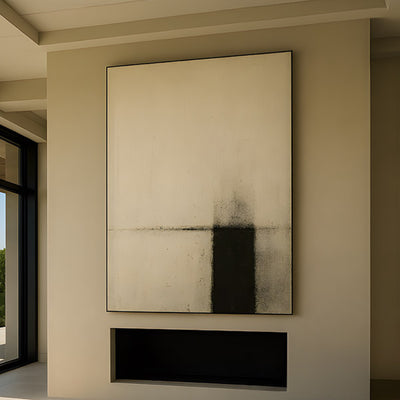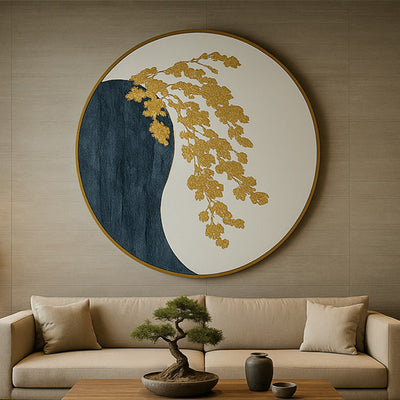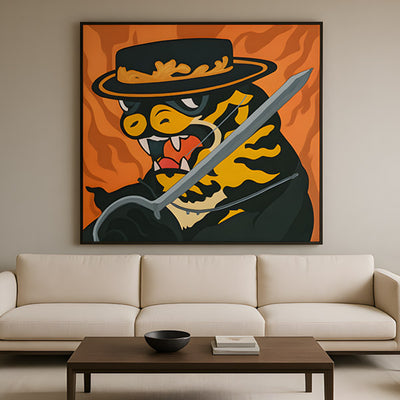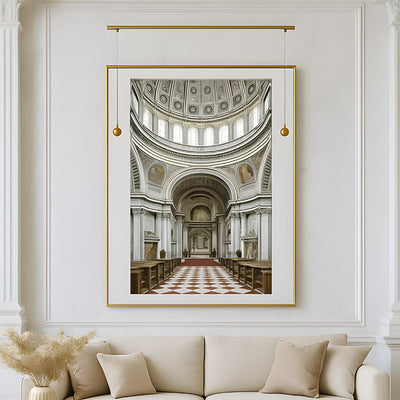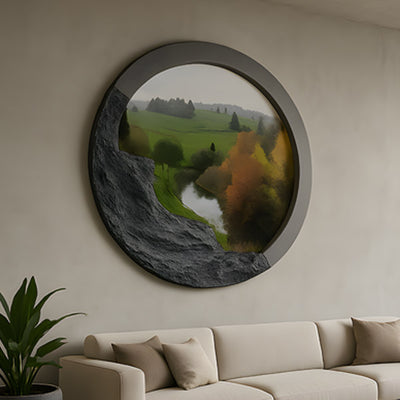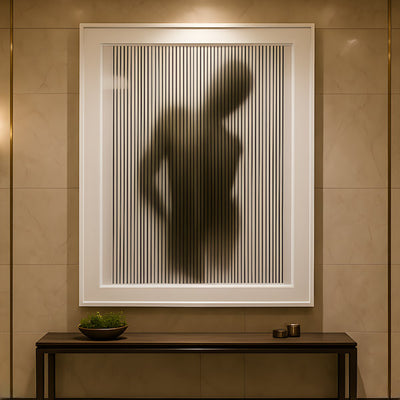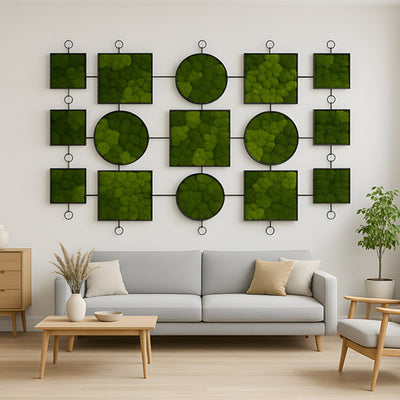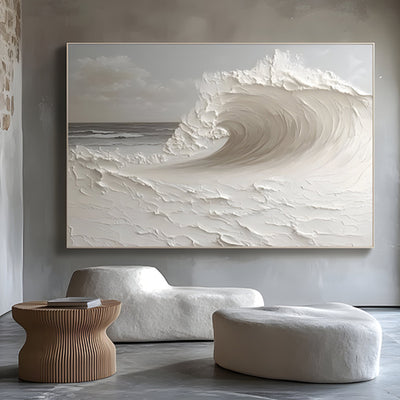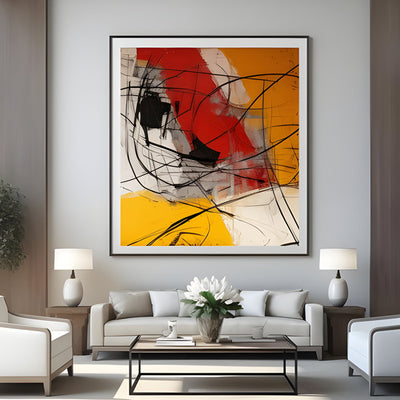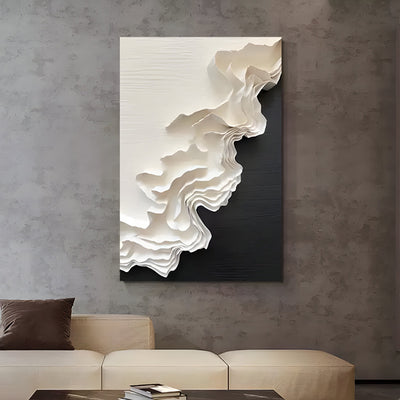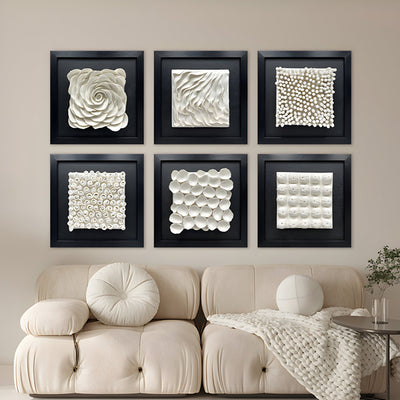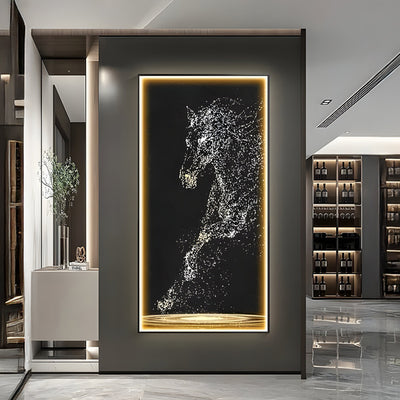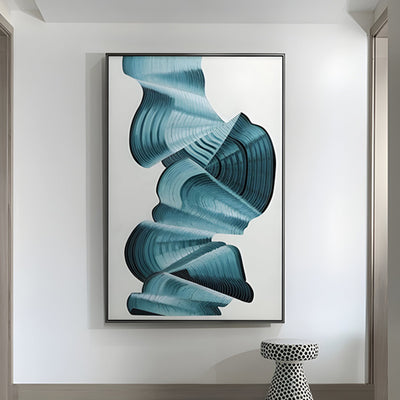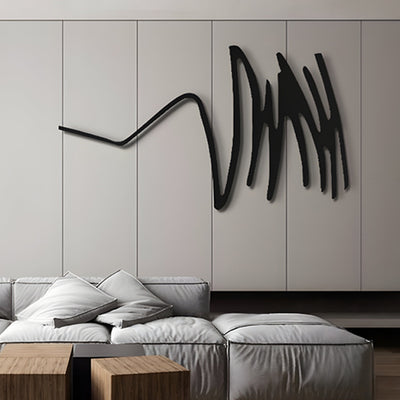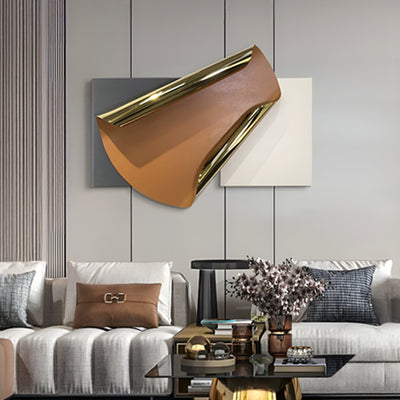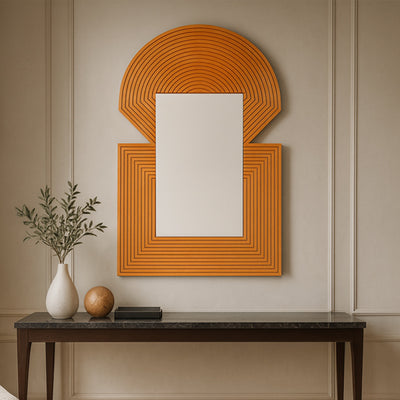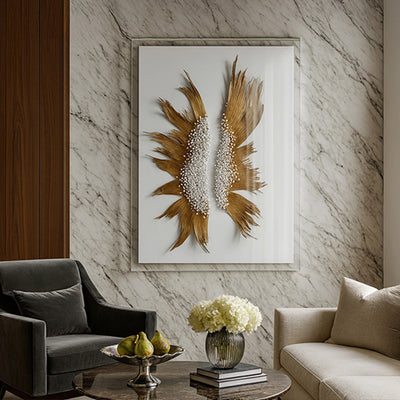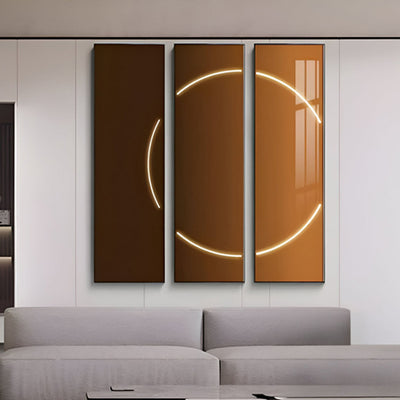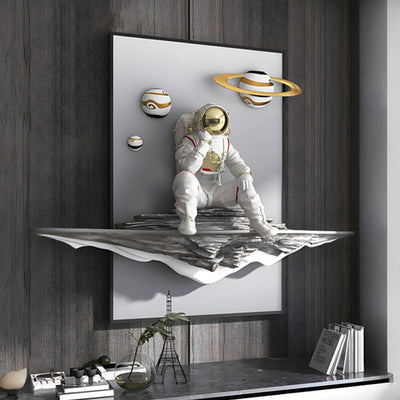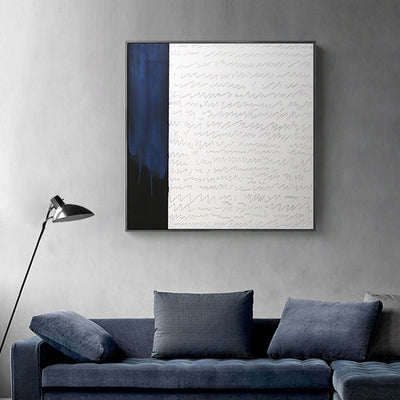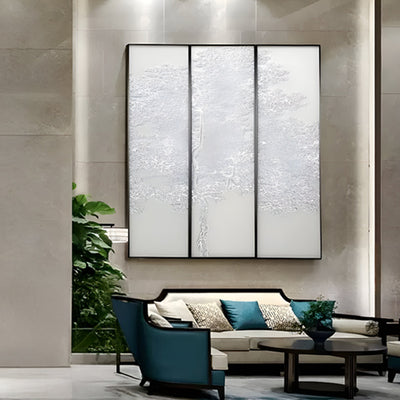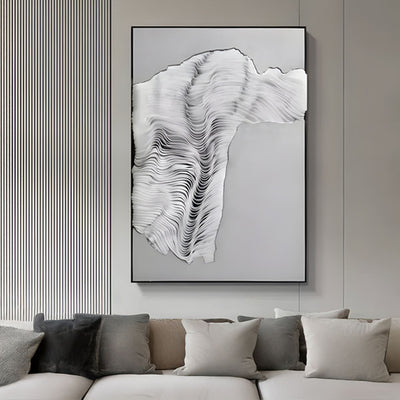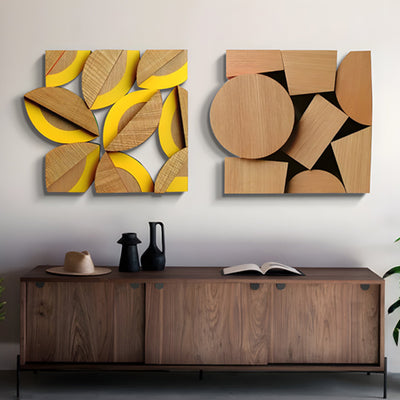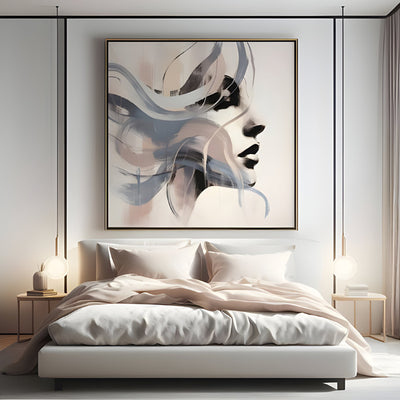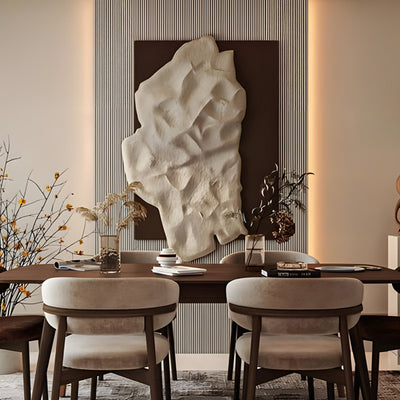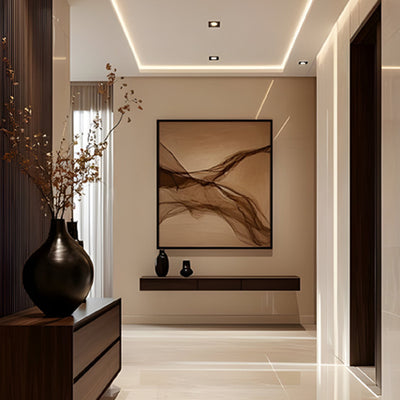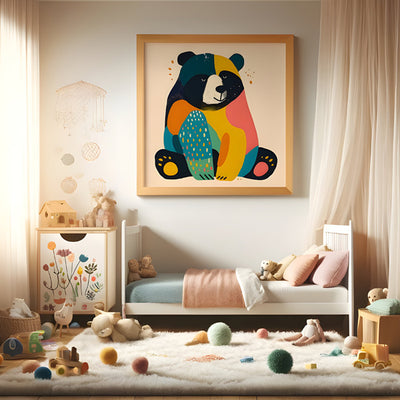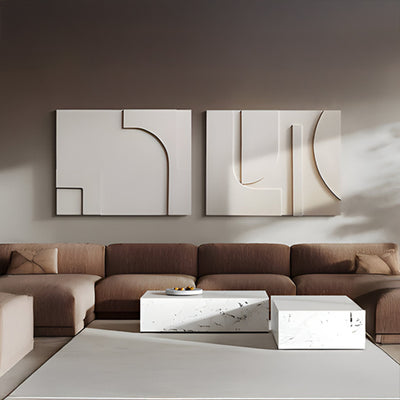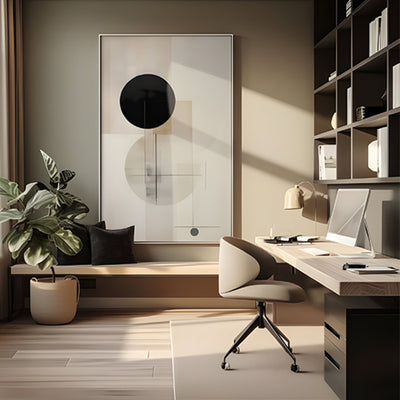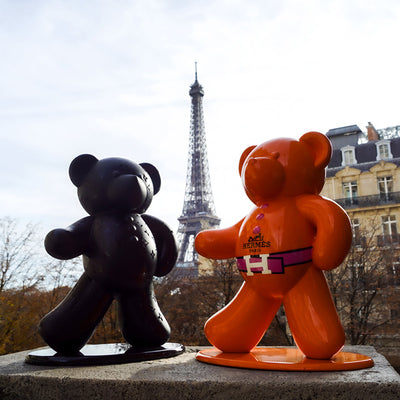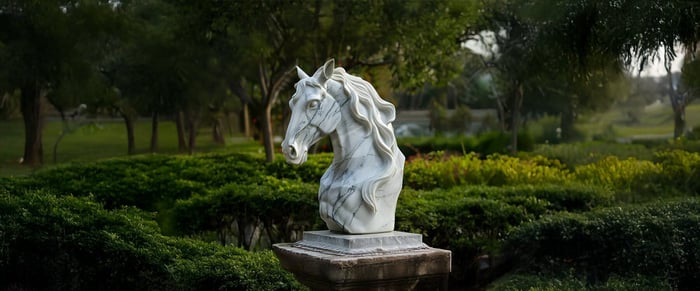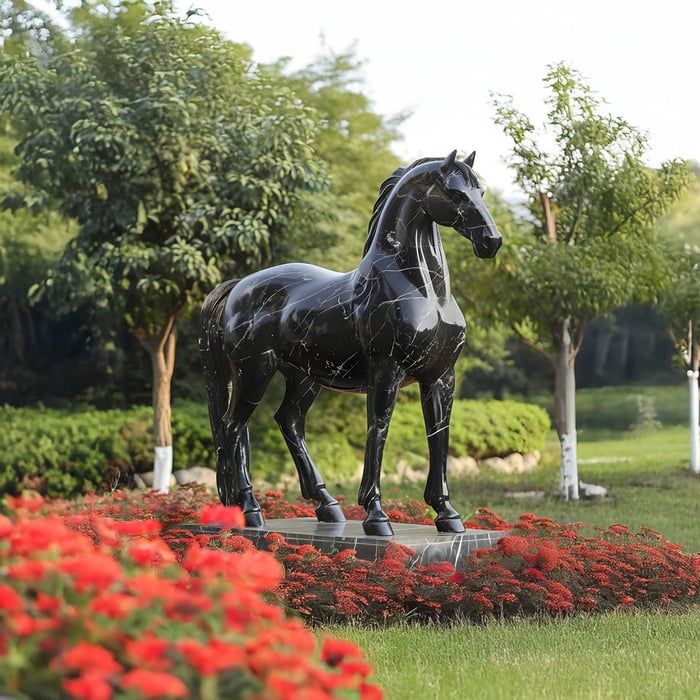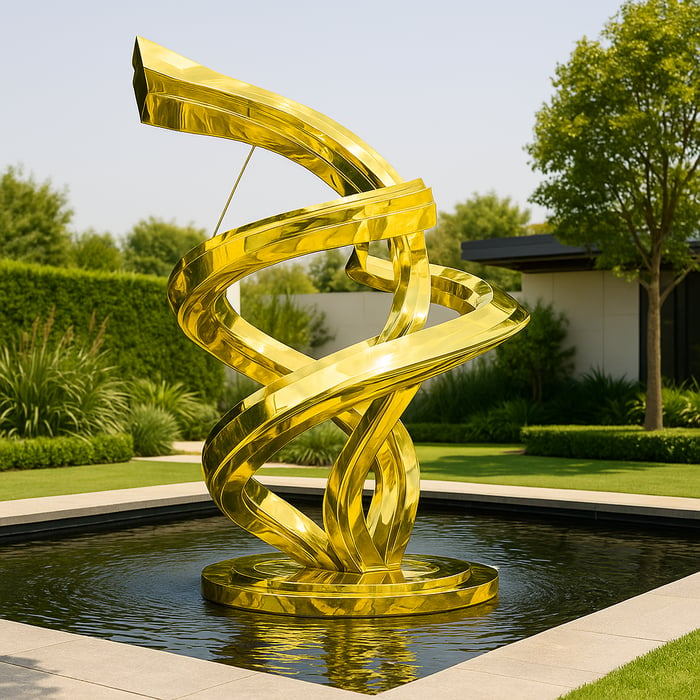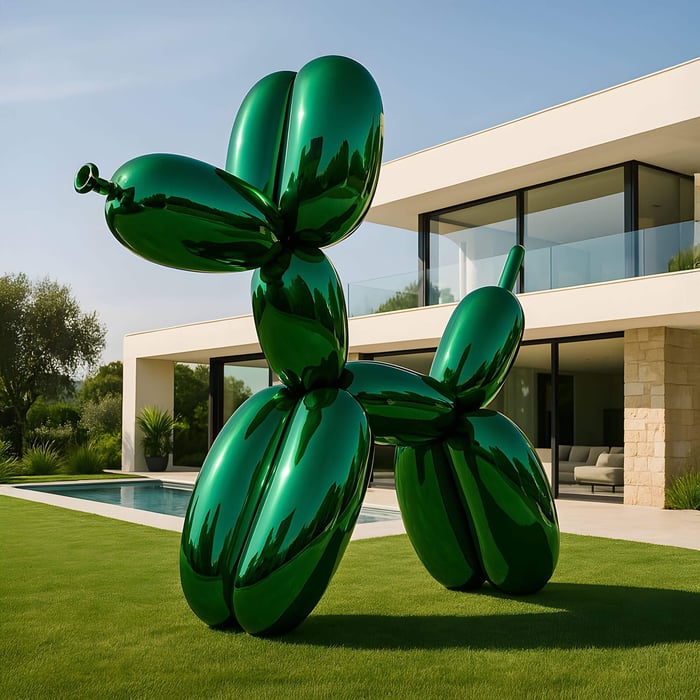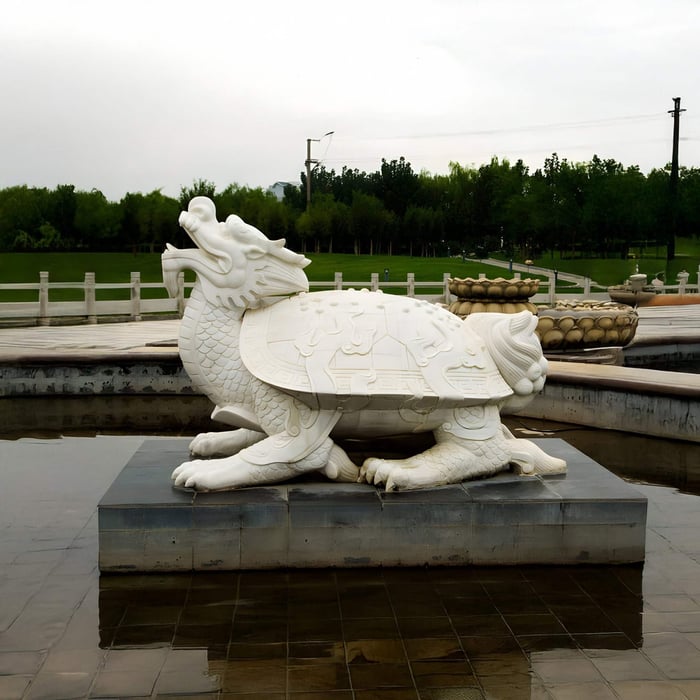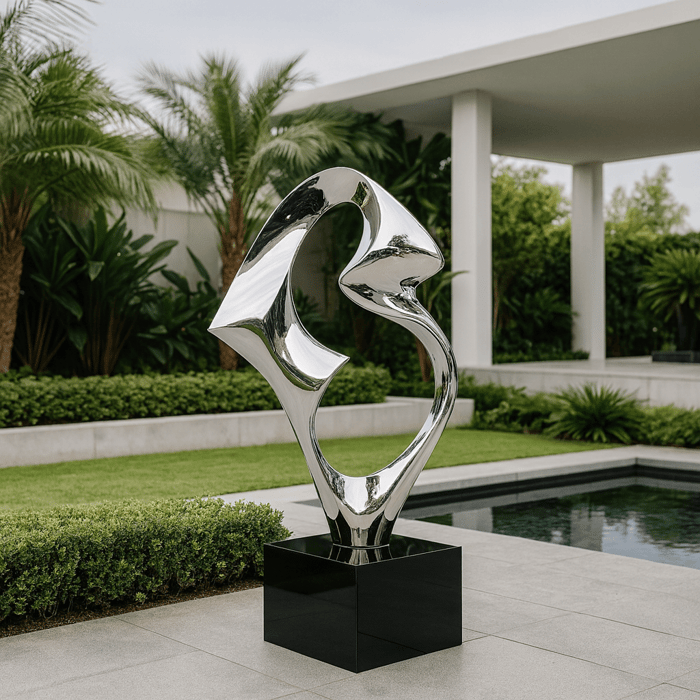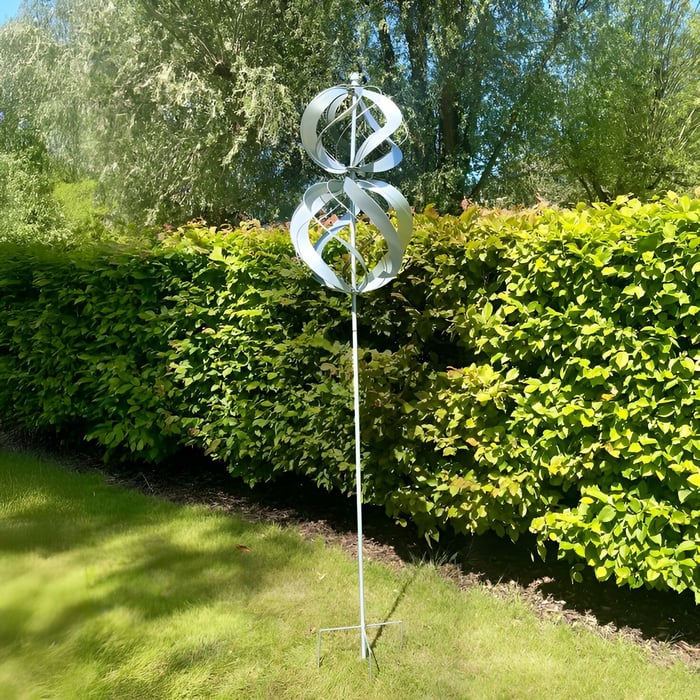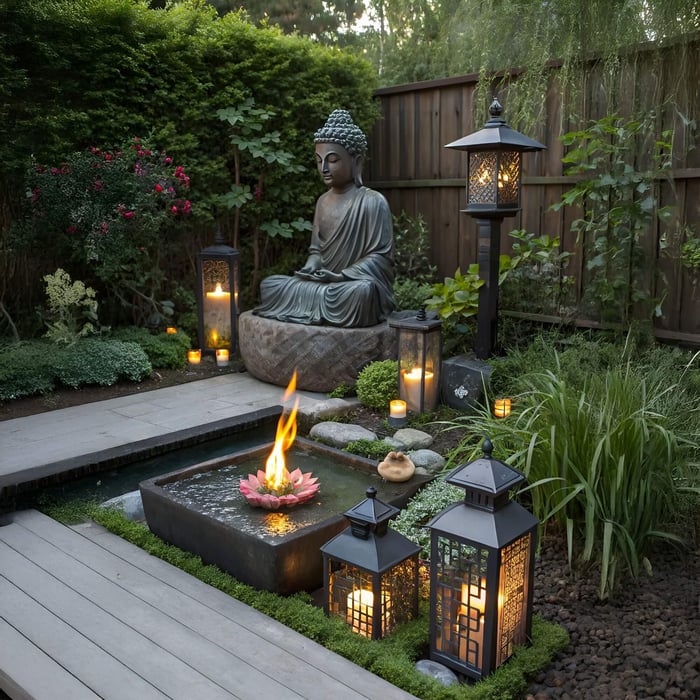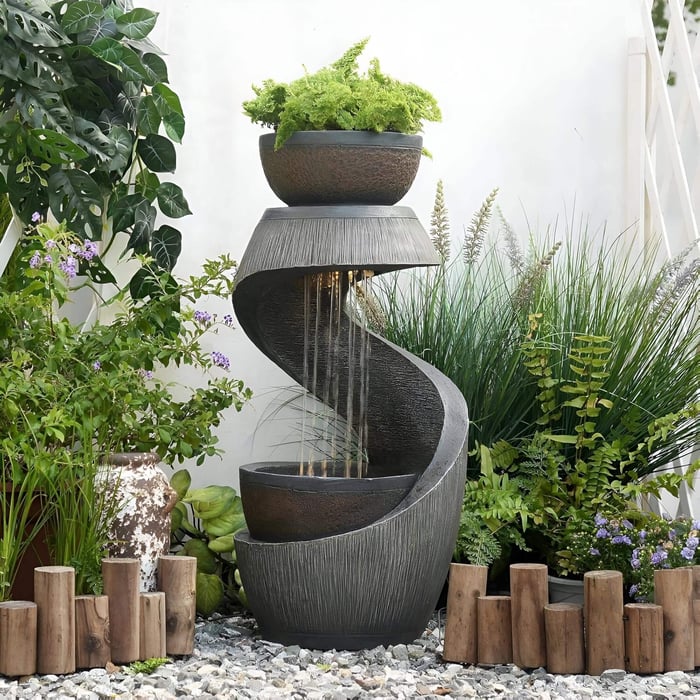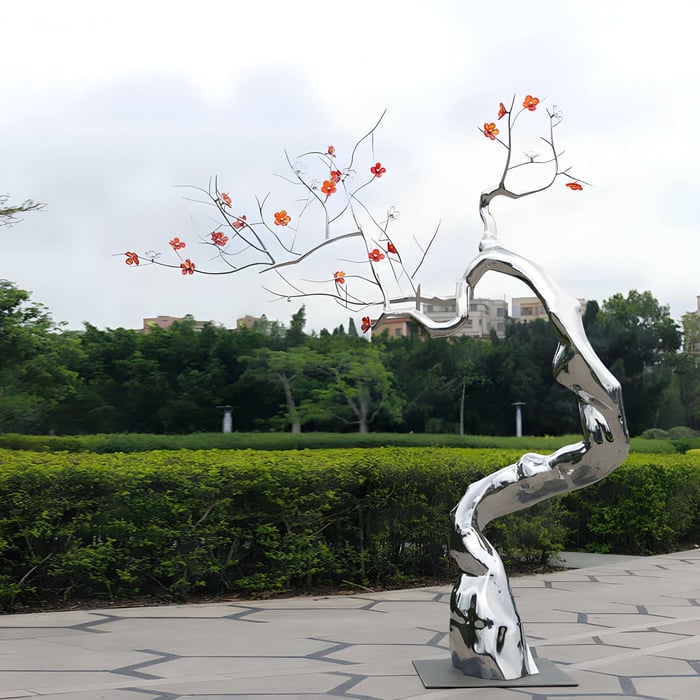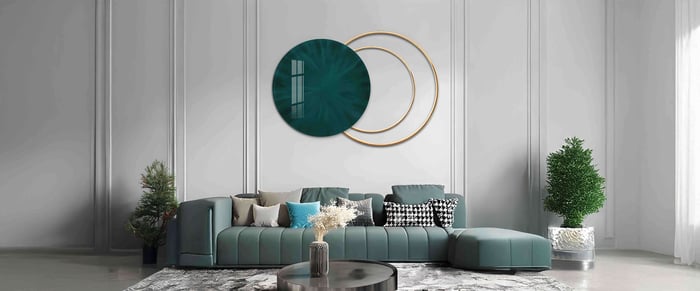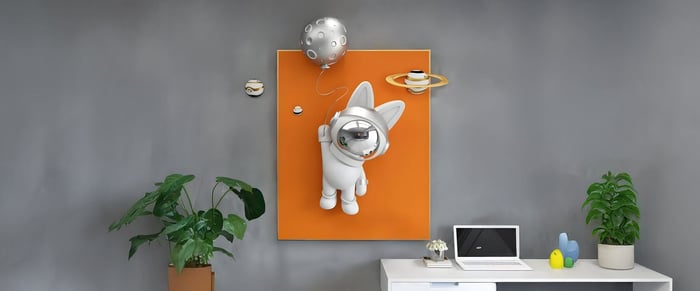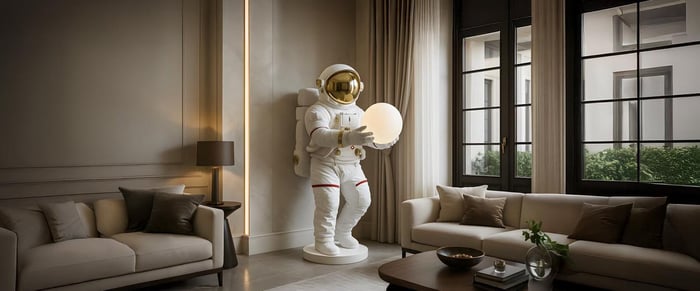Table of Contents
- Introduction - Sculpting Atmosphere in the Garden
- I. Nature & Wildlife Motifs
- II. Abstract & Geometric Forms
- III. Whimsical and Playful Designs
- IV. Mythical, Fantasy & Symbolic Sculptures
- V. Minimalist & Monolithic Sculptures
- VI. Kinetic & Movable Sculptures
- VII. Cultural, Heritage & Historical Themes
- VIII. Interactive & Functional Sculptures
- IX. Fusion & Mixed-Theme Garden Sculptures
- Conclusion - Choosing the Right Theme for Your Garden
- FAQs
Introduction - Sculpting Atmosphere in the Garden
A single sculpture can define the soul of a garden. Whether tucked between trees or standing boldly on a lawn, garden sculptures create atmosphere, tell stories, and connect nature with human imagination. The right piece doesn’t just fill space, it shapes emotion, adding rhythm and meaning to your outdoor design.
Choosing a theme helps give your garden identity. Some homeowners lean towards wildlife or botanical motifs to blend with the landscape, while others opt for abstract outdoor art or modern sculptures that spark conversation. From naturalistic to conceptual, sculpture themes reflect personality and taste. This guide explores the most popular themes, from timeless nature-inspired forms to bold contemporary designs, to help you find the style that resonates most with your garden’s character.
I. Nature & Wildlife Motifs
Nature has always been the heart of outdoor art. Few themes connect as naturally to outdoor settings as wildlife and flora. From lifelike animal sculptures to delicate leaf patterns carved in stone, these pieces feel right at home among greenery.
Why it’s popular:
Mirrors the organic environment.
Adds vitality and movement to still spaces.
Works across all garden styles, from English cottage to minimalist Zen.
Common motifs:
Birds and animals – eagles, foxes, stags, butterflies, or marine creatures.
Floral and botanical forms – vines, petals, leaves, and coral shapes.
Nature abstracts – organic curves and flowing patterns inspired by landscapes.
Best placements:
Near ponds, trees, or hedges.
Among flowerbeds or at the garden’s edge for a “discovered” feel.
II. Abstract & Geometric Forms
If you lean towards contemporary design, geometric or abstract sculptures brings sophistication and modernity. These sculptures focus on form, structure, and light instead of realism.
Why it works:
Complements modern architecture and minimalist landscaping.
Creates contrast with nature’s soft shapes.
Adds depth through shadow and reflection.
Common geometric styles:
Spheres, rings, and cubes – to anchor minimalist gardens.
Angular shapes – adding tension and contrast to soft landscapes.
Stacked blocks or folded panels – creating visual rhythm and shadow.
Popular materials:
Stainless steel – mirror-finished for clean reflection.
Corten steel – weathers into a rich, earthy patina.
Resin blends – available in vivid colours or translucent tones.
III. Whimsical and Playful Designs
Every garden benefits from a touch of personality. Whimsical garden sculptures bring a sense of wonder, turning everyday corners into storybook scenes.
Purpose:
Adds humour, curiosity, and joy.
Encourages interaction - especially appealing for family-friendly gardens.
Common themes:
Balancing figures – acrobatic silhouettes that seem to defy gravity.
Oversized insects or flowers – playful exaggeration of nature.
Surreal characters – storybook figures, abstract animals, or dreamlike shapes.
Ideal settings:
Family gardens or courtyards that welcome creativity.
Entryways to make an immediate, cheerful impression.
Material choices:
Weatherproof resin – lightweight yet durable.
Powder-coated metal – vivid, long-lasting colour.
Fibreglass – ideal for sculptural exaggeration.
IV. Mythical, Fantasy & Symbolic Sculptures
Art becomes timeless when it tells a story. Fantasy garden sculptures draw inspiration from mythology, spirituality, and folklore, creating mystery and atmosphere.
Why it captivates:
Invokes imagination and narrative depth.
Adds a sense of guardianship or symbolism to outdoor spaces.
Popular motifs:
Mythological figures (Greek, Roman, or Eastern deities) – gods, nymphs, or guardians.
Fantasy creatures – dragons, fairies, and abstract spirits.
Symbolic designs – orbs, flames, or phoenixes representing transformation.
Placement ideas:
Shaded corners or stone pathways for dramatic atmosphere.
Wooded or hidden areas to create surprise and intrigue.
Beside ponds or fountains for dramatic reflections.
Material suggestions:
Stone, bronze, or resin with aged finishes for authenticity.
V. Minimalist & Monolithic Sculptures
Less can often speak volumes. Monolithic sculptures thrive on simplicity, using clean lines and raw material to create visual strength.
Why they stand out:
Evoke calm and balance.
Complement both modernist and natural garden designs.
Typical forms:
Single pillars or columns – creating vertical strength.
Smooth slabs or blocks – simple yet commanding.
Organic monoliths – abstracted natural shapes with rough texture.
Materials:
Concrete, granite, corten steel, or marble for endurance.
Best placements:
Zen gardens or gravel courtyards.
Beside reflecting pools to enhance visual stillness.
This theme thrives on subtlety, using space and light as part of the composition.
VI. Kinetic & Movable Sculptures
Movement brings a garden to life. Kinetic garden sculptures respond to natural forces - the wind, water, or human touch, transforming light and motion into part of the artwork.
Why kinetic art works:
Reflects nature’s constant movement and sound.
Enhances modern outdoor design through light and motion.
Common designs:
Wind spinners and rotating rings – metal blades that catch the breeze.
Water-powered features – ripple wheels or flowing fountains.
Mobile arms or pendulums – introducing motion and shadow play.
Placement tips:
Open spaces with consistent airflow.
Ensure sturdy bases or anchors for safety in strong gusts.
VII. Cultural, Heritage & Historical Themes
Cultural art connects personal gardens to the wider world. These historical garden sculptures draw from traditions and ancient craftsmanship, adding meaning beyond aesthetics.
Why it matters:
Embodies history, ancestry, and storytelling.
Introduces character and authenticity to modern gardens.
Inspiration sources:
African tribal forms – symbolic of unity and strength.
Asian motifs – Buddha figures, pagodas, or guardian lions.
Celtic and Norse patterns – intricate knotwork or ancestral emblems.
European classics – busts, urns, or Renaissance-style figures.
Placement ideas:
Entrances or garden pathways to create cultural gateways.
Stone courtyards or landscaped terraces for contrast.
Material suggestions:
Stone, aged bronze, or wood treated for outdoor use.
VIII. Interactive & Functional Sculptures
Why separate art from purpose when you can have both? Functional garden decor combine utility and beauty, inviting engagement from visitors.
Purpose:
Encourages connection with the garden.
Integrates comfort or sound into design.
Examples include:
Sculptural benches – seating that doubles as statement art.
Fountains or birdbaths – blending sculpture and sound.
Planter hybrids – combining greenery and artistic form.
Small bridges or pathways – designed with sculptural intent.
Material choices:
Stainless steel, reinforced wood, and resin composites for strength.
Placement tips:
Patios, walkways, or communal garden zones.
Avoid overcrowding to maintain balance between art and function.
These pieces make art functional, giving your garden both use and soul.
IX. Fusion & Mixed-Theme Garden Sculptures
Modern design embraces hybridity. Fusion sculptures merge contrasting concepts - organic meets geometric, nature meets abstract.
Why it appeals:
Encourages experimentation and personal expression.
Reflects modern eclectic design sensibilities.
Popular combinations:
Geometric nature blends – metal leaves or wooden cubes.
Abstract wildlife – animal forms with modern, faceted lines.
Industrial-organic mixes – combinations of wood and resin, metal and stone.
Where it works best:
Transitional spaces between indoors and outdoors.
Gardens with mixed architecture or evolving design language.
Tip: Maintain harmony through consistent tone or finish so your collection feels curated, not chaotic.
Conclusion - Choosing the Right Theme for Your Garden
Your sculptures tell your garden’s story. Whether inspired by movement, mythology, or geometry, every piece contributes to its emotional tone.
Quick checklist for selection:
Match the theme to your home’s architecture.
Consider scale - large gardens handle bolder pieces.
Think about lighting - day and night changes mood.
Choose materials that match your climate and care routine.
Whatever your taste - rustic, contemporary, or eclectic, let your garden art reflect your personality.
Explore garden sculptures collection at Giant Sculptures to discover designs that bring character, creativity, and calm to your outdoor world.
FAQs
What theme works best in small gardens?
Compact spaces suit minimalist, abstract, or vertical pieces that add impact without crowding the layout.
Can I mix multiple themes in one garden?
Yes, as long as they share a unifying element such as colour, material, or tone.
How do I tie theme to my home’s architectural style?
Choose complementary forms - e.g. geometric for modern builds, organic for rustic homes.
Do certain themes require special materials?
Yes. Outdoor resin art, stainless steel, or treated stone are ideal for weather resistance.
How much space should a sculpture need around it?
Allow at least one metre of clearance on all sides so the art can “breathe.”

